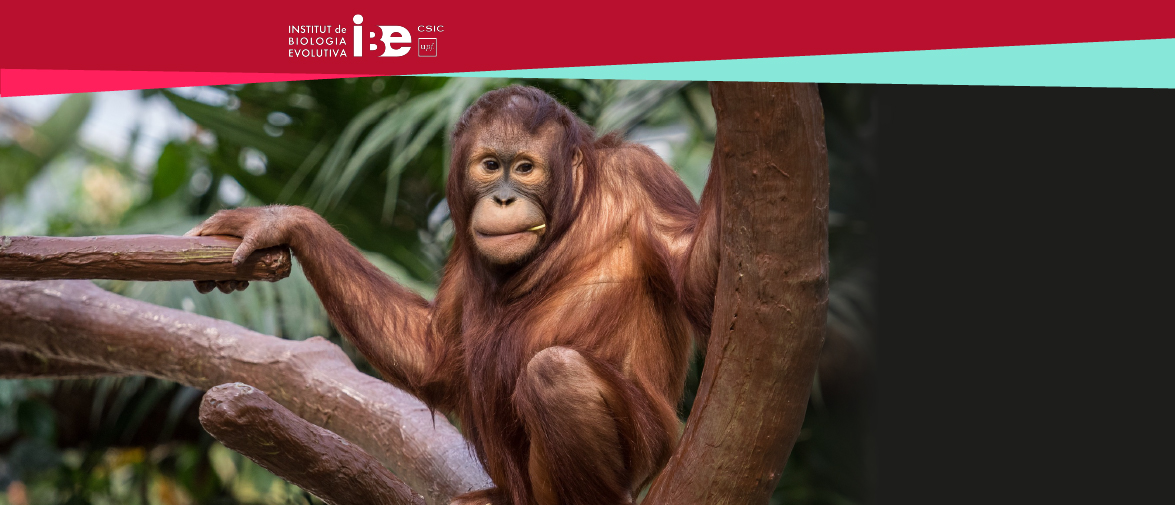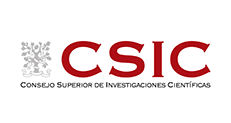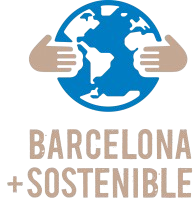Salvador Carranza participa en el Foro internacional de directores de Museos de Ciencias Naturales
Organizado por el Museo Nacional de Ciencias Naturales (MNCN-CSIC) y la Fundación BBVA, el evento ha reunido a los directores de los principales museos de ciencias naturales del planeta.
A lo largo de las dos jornadas, los representantes han defendido su apuesta por unificar digitalmente sus colecciones para construir una gran red global de conocimiento ante los retos globales, como la pérdida de biodiversidad y el cambio climático. .
El director del IBE, Salvador Carranza, ha moderado una mesa redonda sobre la crisis ambiental durante el encuentro.
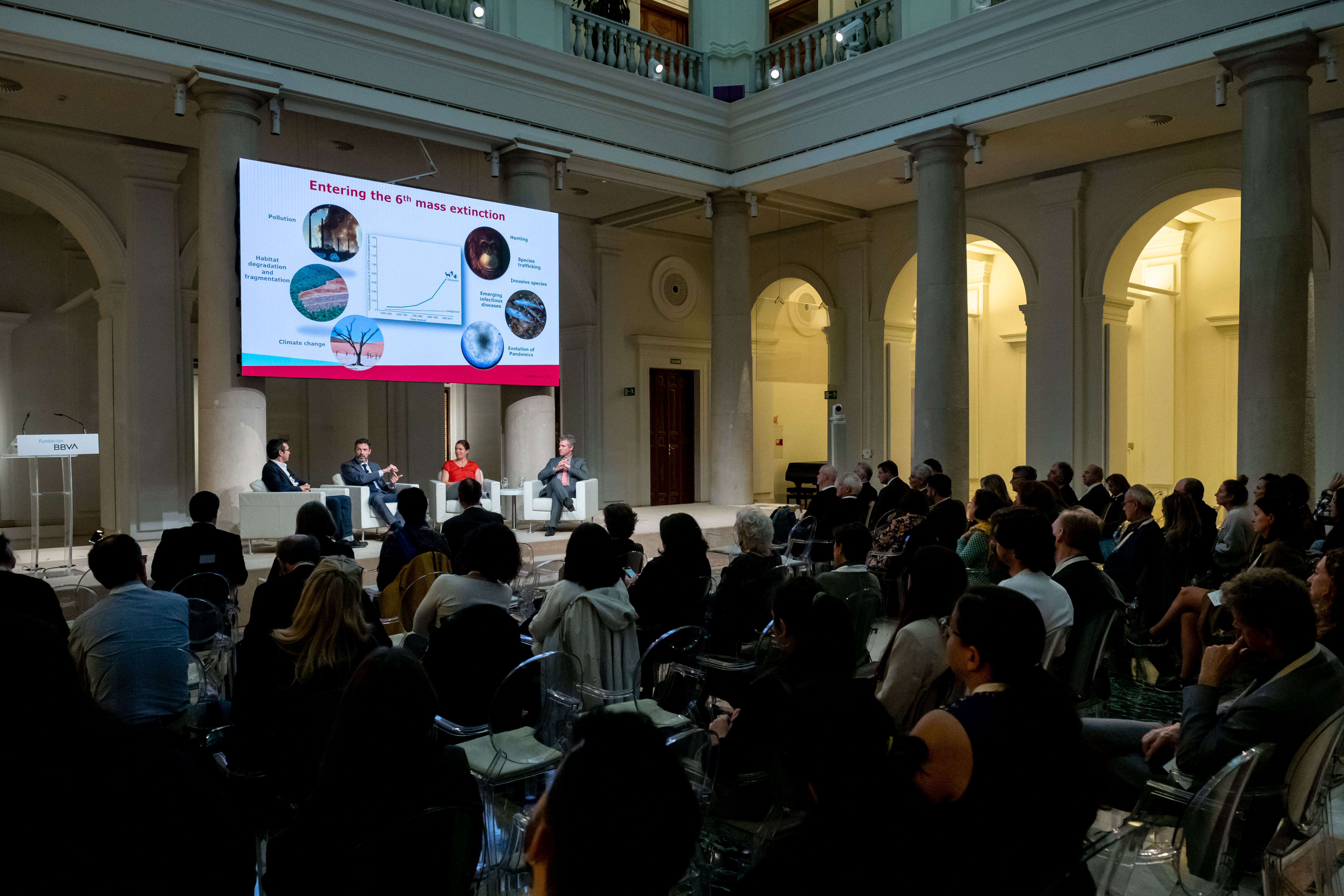
Los museos de ciencias naturales pueden y deben desempeñar un papel fundamental ante la crisis ambiental. Sin embargo, para lograr este objetivo es imprescindible que unan sus fuerzas para construir una gran red global de conocimiento sobre la biodiversidad y el cambio climático: una sola base de datos que unifique digitalmente toda la información contenida en sus colecciones para ponerla a disposición de la comunidad científica. Esta es la principal conclusión del primer foro internacional que ha reunido en una misma ciudad a los directores de algunos de los museos de ciencias naturales más importantes tanto de Europa como de EEUU. El encuentro –organizado por el Museo Nacional de Ciencias Naturales (MNCN-CSIC) con motivo de su 250º aniversario, en colaboración con la Fundación BBVA – ha abordado los mayores retos que comparten hoy estos centros a lo largo de dos jornadas de conferencias y mesas redondas.
“Los museos son una herramienta muy útil para afrontar la amenaza doble del calentamiento global y la sexta extinción masiva, a través de sus tres misiones fundamentales: la investigación, la preservación de sus colecciones y la comunicación del conocimiento científico a la sociedad”, explicó Kirk Johnson, director del Museo Nacional Smithsonian de Historia Natural, en Washington D.C., durante la conferencia que pronunció en la sede madrileña de la Fundación BBVA.
“Antes trabajábamos de manera aislada, pero hoy necesitamos un esfuerzo global para digitalizar nuestras colecciones, que representan todo lo que la humanidad ha recopilado a lo largo de cientos de años para comprender el mundo natural”.
Johnson resaltó en su ponencia el “desafío y la oportunidad” que representa la ciencia del Big Data para las colecciones de los museos de ciencias naturales: una estrategia que permitirá unificar sus datos para analizar, por ejemplo, las distribuciones de especies y el impacto de la presión humana sobre ellas en todos los ecosistemas. “La cooperación global es crucial”, recalcó, “es imprescindible que pensemos en términos de nuestra pertenencia al planeta, en vez de nuestros países individuales”.
Un “gemelo digital” para cada muestra de fauna y flora
En esta misma línea, el director del museo de Leiden (Países Bajos), Edwin Van Huis, presentó durante el foro los objetivos de DiSSCo (Distributed System of Scientific Collections), un proyecto que, bajo su liderazgo, está trabajando ya para desarrollar un único portal de Internet en el que se podrían consultar los datos sobre cualquier espécimen en las colecciones científicas de los museos. “Nuestra idea es generar un ‘gemelo digital’ de cada ejemplar en las colecciones de los museos, para que la información sobre cualquier espécimen se encuentre a disposición de la comunidad científica internacional”, explicó Van Huis durante su intervención en la Fundación BBVA.
Por su parte, Gonzalo Giribet, director del Museo de Zoología Comparada de la Universidad de Harvard, resaltó que las colecciones almacenadas a lo largo de hasta 250 años en estos centros representan “un recurso biológico incomparable” para estudiar y comprender “lo que ha ocurrido con las diferentes poblaciones de animales o plantas durante todo este tiempo”. Se trata de una herramienta fundamental “no solo para entender lo que ha pasado, sino también para predecir lo que podría pasar y por tanto buscar un remedio para la desaparición de especies y el impacto del calentamiento global”.
Por motivos históricos, los museos de ciencias naturales de los diferentes países han ido recopilando colecciones de muestras provenientes de diversas regiones del planeta, vinculadas a sus antiguos imperios. Pero la riqueza única de cada colección “se complementa perfectamente con la de otros países” en palabras de Rafael Zardoya, director del Museo Nacional de Ciencias Naturales, “y eso hace que, unidos, podamos abarcar toda esa realidad de los cambios que están ocurriendo a nivel global, para determinar estadísticamente cómo se está produciendo la sexta extinción masiva e idear estrategias para detenerla”.
Por todo ello, Zardoya también insistió en la necesidad de avanzar hacia “el sueño de crear un gran museo global conectado en red”, como “la única manera eficaz de responder al gran reto de la crisis ambiental”.
Convertir a los ciudadanos en “defensores del planeta”
Más allá del indudable valor científico que representan las históricas colecciones de los museos para los investigadores de todo el mundo, el foro de directores también ha puesto en el foco en su otra gran misión: la difusión del mejor conocimiento para concienciar y sensibilizar a la sociedad sobre la degradación de la naturaleza.
Para ejemplificar el gran potencial que pueden tener los museos a la hora de anticiparse al futuro y comunicarlo al público, Kirk Johnson relató cómo en mayo de 2018, un año y medio antes de la llegada del Covid-19, el Smithsonian inauguró una exposición titulada Epidemias en un mundo conectado: “Desconocíamos cuándo llegaría la pandemia, pero sabíamos que antes o después ocurriría. Esto demuestra cómo la ciencia puede prever el futuro y ayudar a las personas a pensar sobre el mundo en el que viven”. De la misma manera, al difundir los informes científicos sobre el previsible impacto del cambio climático, el director del museo de la capital estadounidense resaltó que los museos pueden concienciar a la sociedad sobre los riesgos ambientales que aún estamos a tiempo de prevenir.
Prever el futuro y conectar a las personas con la naturaleza
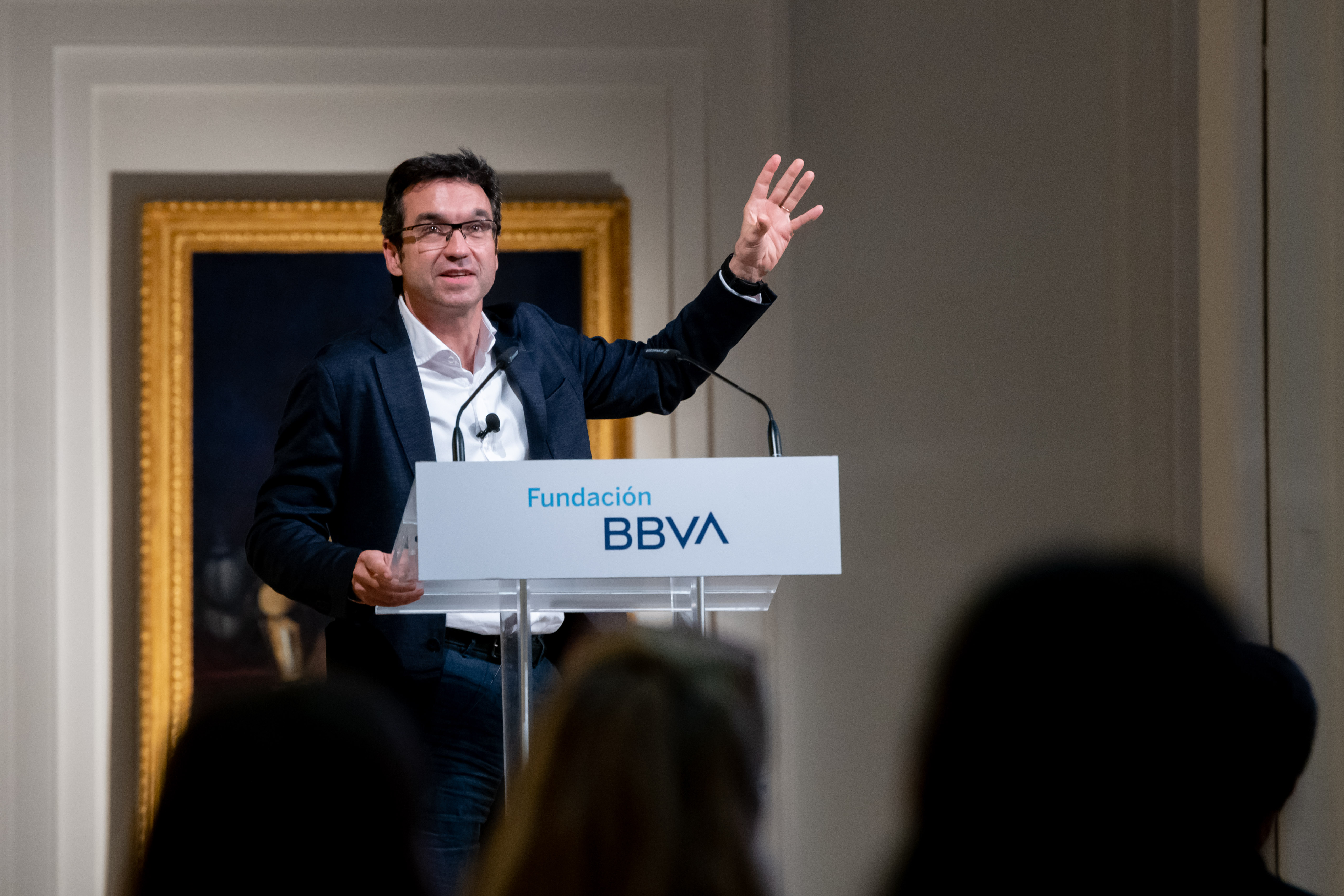
Salvador Carranza, director del IBE, fue el encargado de moderar la mesa redonda centrada en el papel de los museos ante la crisis ambiental. Durante la sesión, los directores participantes resaltaron cómo la sociedad confía en la autoridad de los museos como fuentes acreditadas de información, y por tanto a través de sus exposiciones pueden influir de manera muy positiva sobre las actitudes y el comportamiento de los ciudadanos ante los desafíos del cambio climático y el colapso de la biodiversidad.
“En Suecia, un estudio de opinión pública reveló que los museos eran instituciones en los que la sociedad confía, muy por encima de la clase política”, señaló Lisa Mansson, directora del museo de Estocolmo.
“Tenemos la gran responsabilidad de aprovechar la confianza pública que depositan los ciudadanos en los museos para afrontar la crisis ambiental”, declaró por su parte Peter Kjaegaard, director del museo de Copenhague. “Nuestra misión es difundir conocimiento para que las personas tomen decisiones informadas, incluyendo por supuesto a los políticos que deben tomar decisiones basadas en la ciencia. Para lograrlo, resulta imprescindible recurrir a narrativas atractivas sobre especies icónicas, como el oso polar, que conecten emocionalmente a las personas a la naturaleza y les impulsen a querer preservarla”.
Más información:
https://www.biophilia-fbbva.es/noticias/mncn-fundacion-bbva-acogen-primer-foro-internacional-directores-museos-ciencias-naturales/
https://www.mncn.csic.es/es/Comunicaci%C3%B3n/el-mncn-celebra-el-primer-foro-internacional-de-directores-de-museos-de-todo-el-mundo



